Assistant Principal's Page
from Bree's Desk

Assistant Principal's Page
from Bree's Desk
Year 1 Taskworks Incursion
On Wednesday, the Year 1 students participated in an incursion to support their inquiry unit ‘Move It, Make It’. Students rotated through a range of activities in which they explored ‘push and pull’ and how technologies use force to create movement in products. This was also a great opportunity to practise teamwork, communication and cooperation skills.
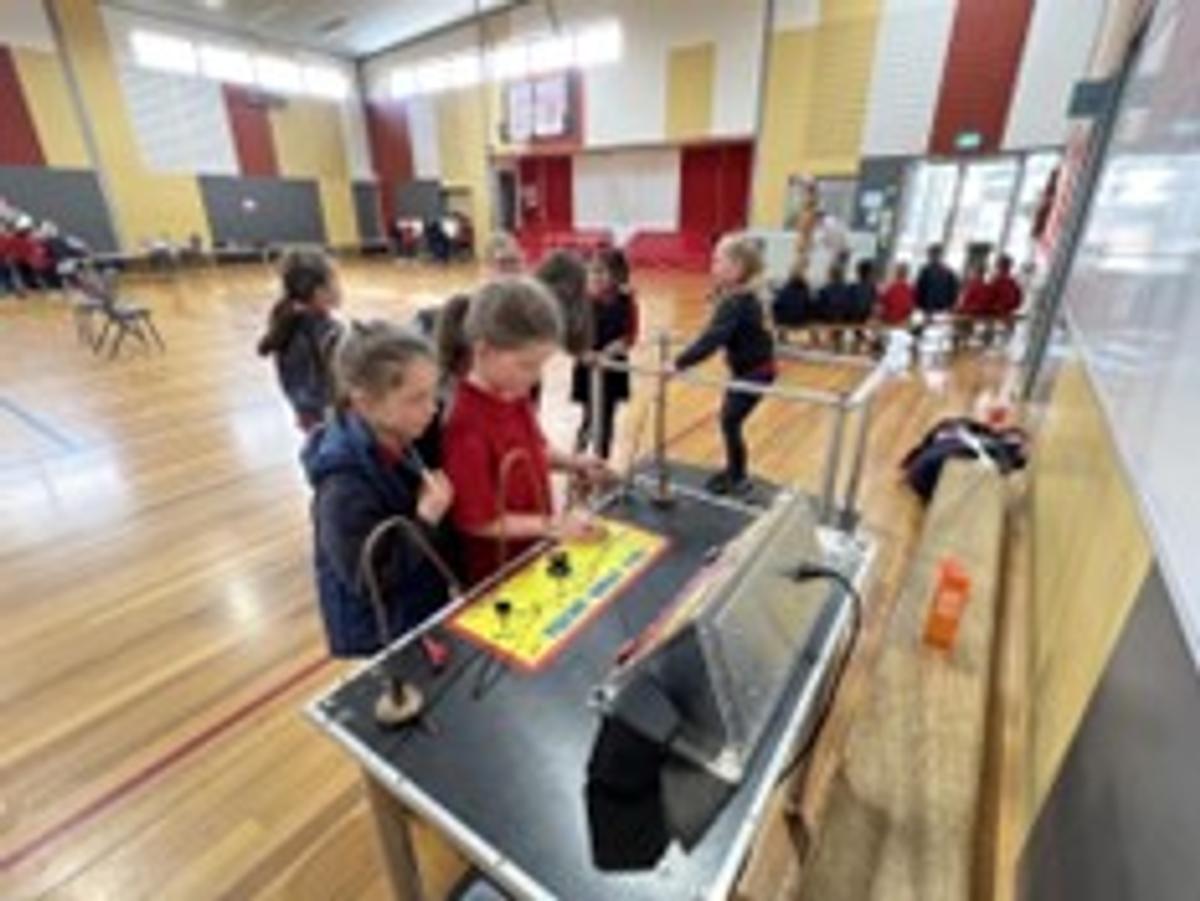
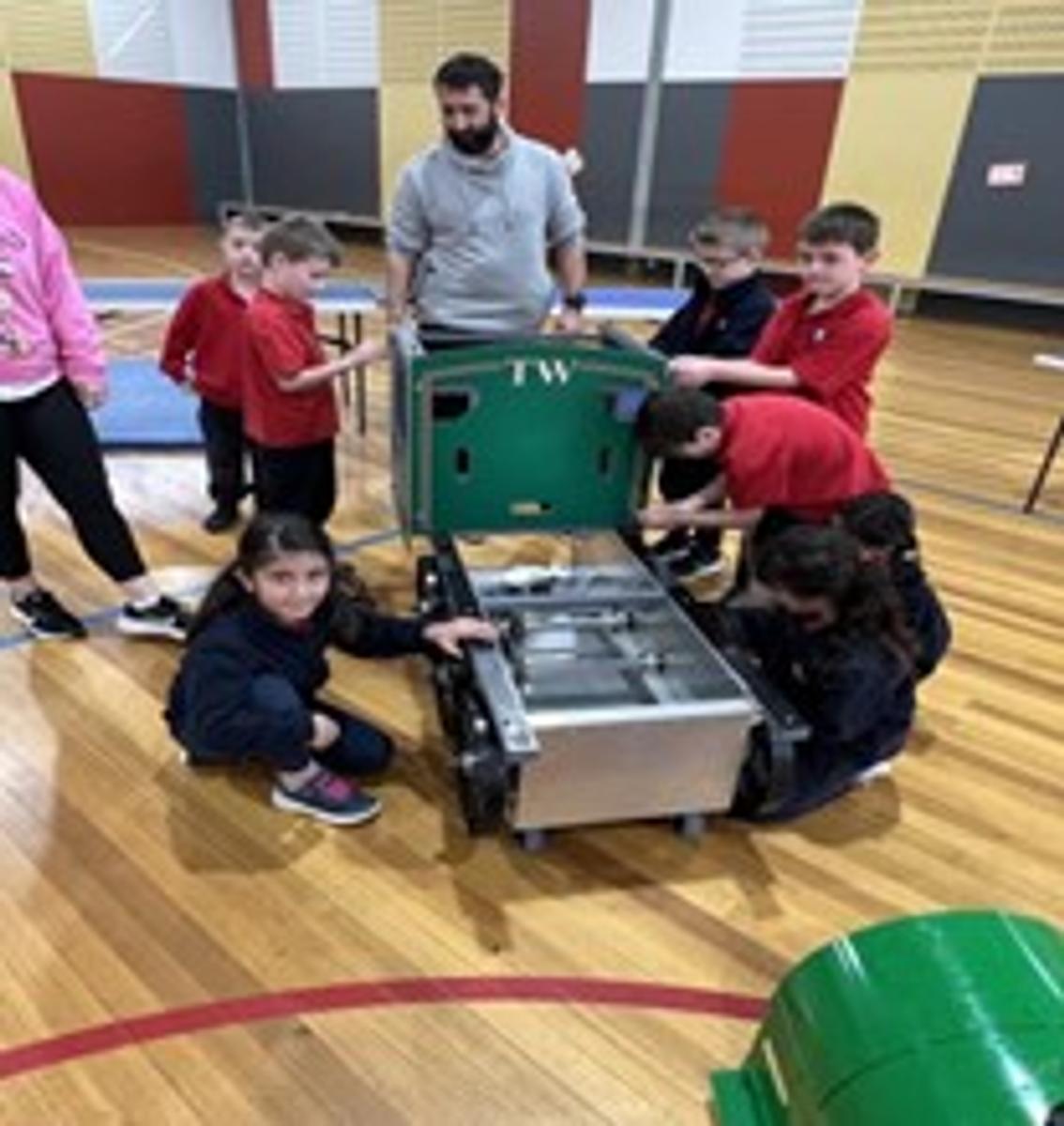
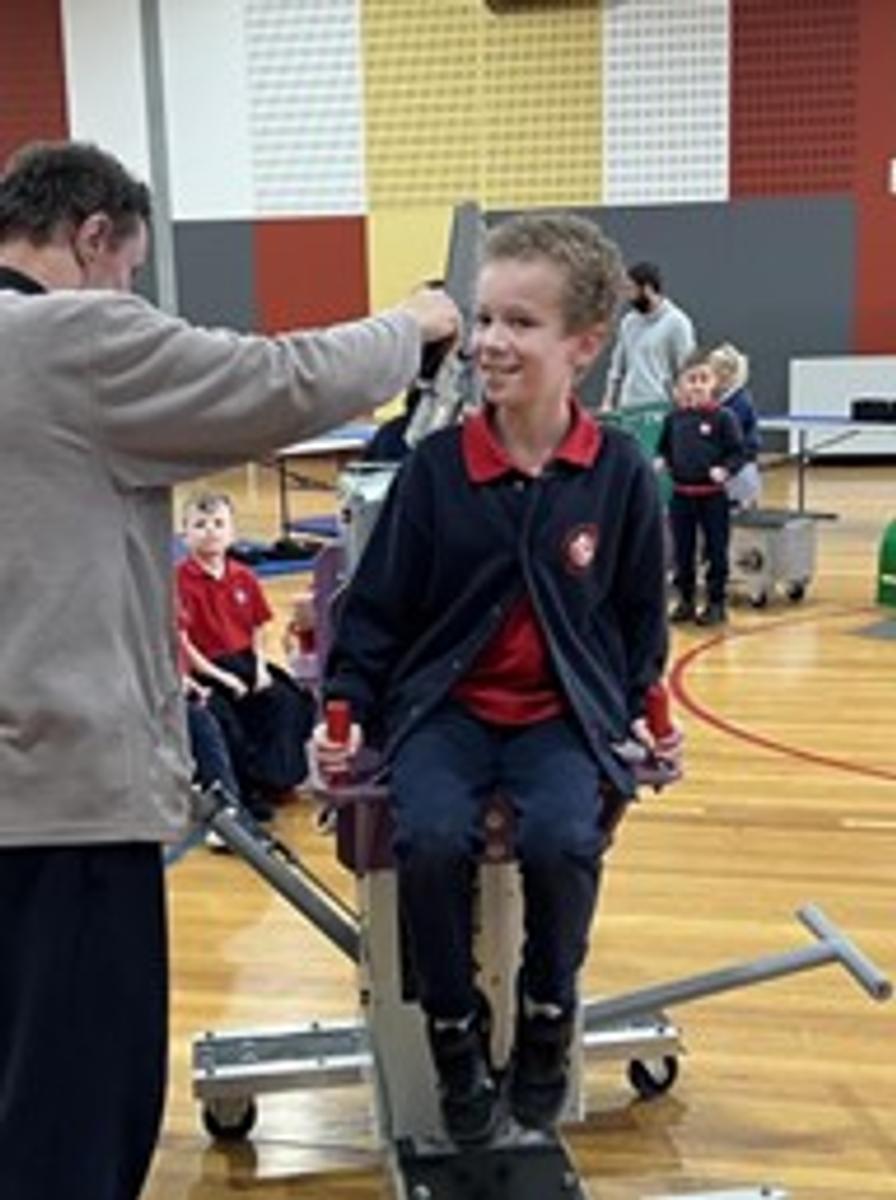
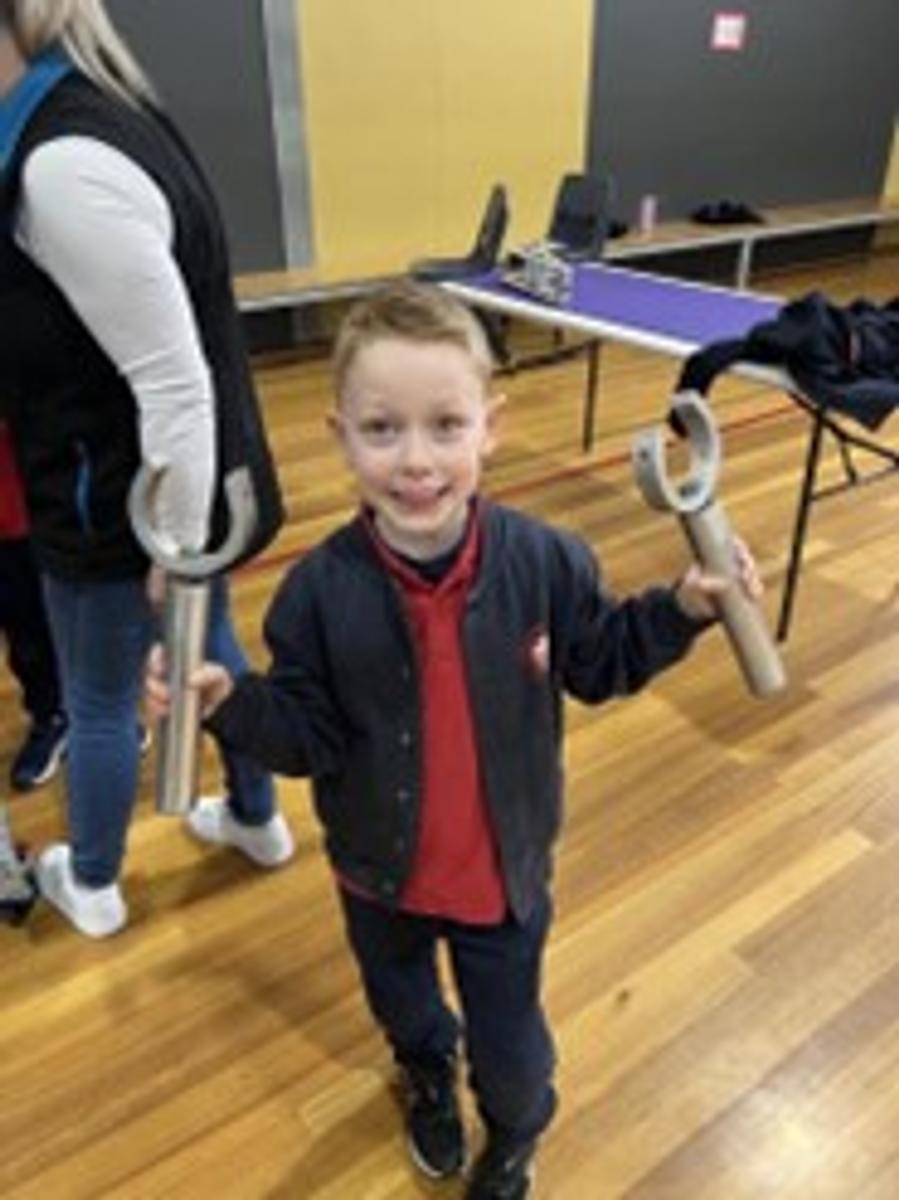
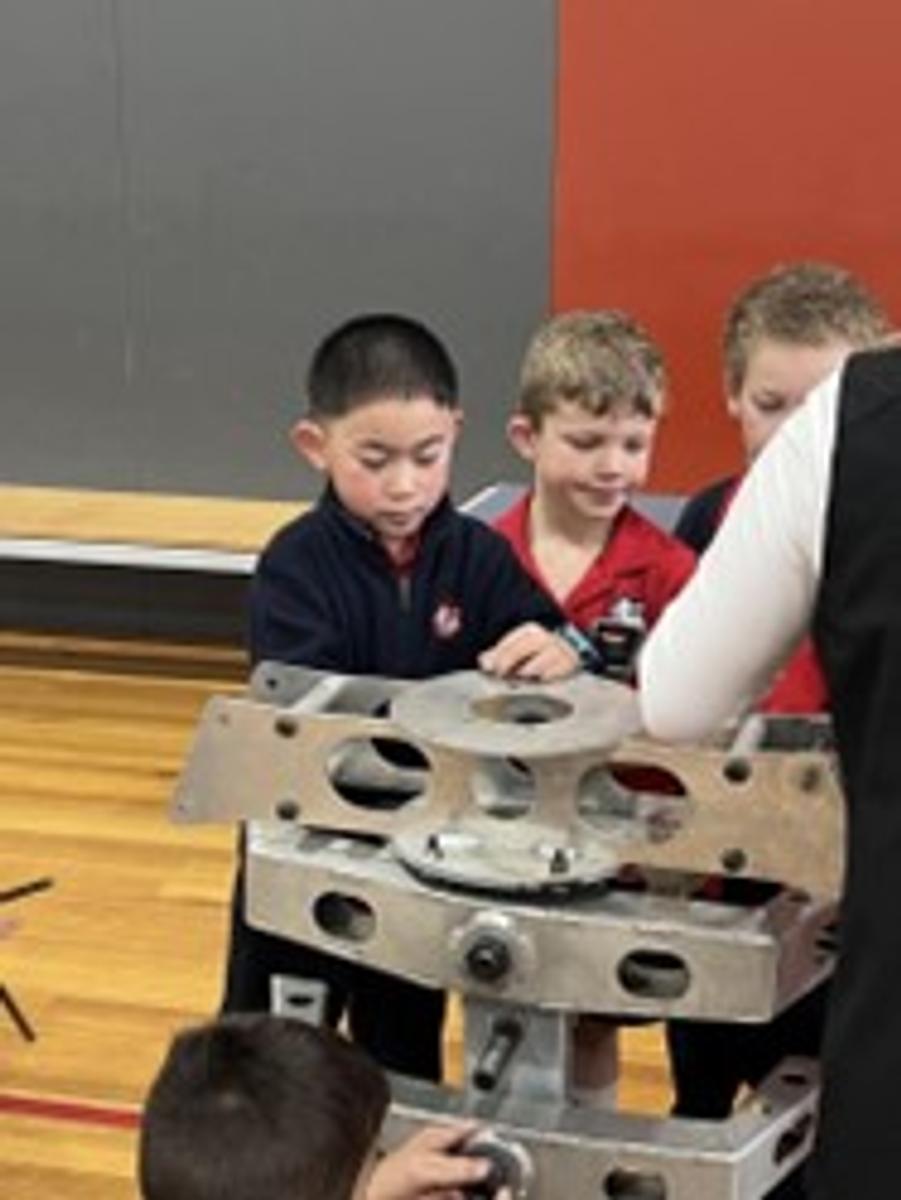





It’s a muddy time of year!
Although we do close the ovals on particularly wet days, we do not want to stop students playing the sports they love during breaks more than necessary. We also consistently remind students to stay out of the especially “boggy” sections. However, if your child likes to play footy or soccer there is a chance they will get muddy on occasions. It would be much appreciated if you could pack an extra pair of pants and a top so that they can get changed if required. We are running out of supplies from the office/ sickbay at this time of year. Hopefully there are clearer skies ahead and this will become less of an issue as we head into spring. If your child has come home in borrowed clothes, could you please wash and return them to the office as soon as possible.
The Learning Pit
This week, Julie Reid and I have been reflecting on the importance of building resilience in both students and adults alike, and I think the idea of the “learning pit” is a great one to share!
When something is new and challenging it can feel like we are “in the “learning pit”. You may or may not have heard this term before - it is not as painful as it sounds! In fact, we positively encourage our young people to go through the Learning Pit because this can help them develop problem-solving strategies, communicate effectively about their learning and make connections that are stronger and longer lasting.
The Learning Pit is certainly popular. Do a search online and you’ll be presented with millions of results. The first of its kind was created by James Nottingham in the late 90s. As a teacher, he noticed that many of his pupils avoided challenging tasks, preferring instead to take the ‘easy route’. These quick wins can have their merits, particularly when time is short, but they also lead to less learning – which is something we want to avoid in school, bearing in mind our main purpose is to help young people learn more!
When discussing the ‘learning pit’ with young learners, we might share the following sentiments: Have you noticed that when we learn something new, we sometimes get worse before we get better? Things start off well – for example, we discover ‘this’ or ‘that’ is the answer – but then we realise there are lots of ways in which ‘this’ and ‘that’ don’t work. This can be frustrating. Some of us even begin to question our own abilities, thinking that we’re the only one struggling.
The truth of the matter is that struggling is a normal part of learning! Finding the first bit of information can be quite easy. But understanding how that information is important: how it connects to other things we know, whether or not it is reliable information and deciding when (or even if) to use it, is much more complex. It requires a lot more thinking!
Even though it is a normal part of learning, many people think it’s a weakness not to be able to do something the first time! They see others being successful and assume everyone else can do it apart from them – they think they’re the only ones struggling! But you know what? Floundering is so normal, there’s even a model to show how common it is.
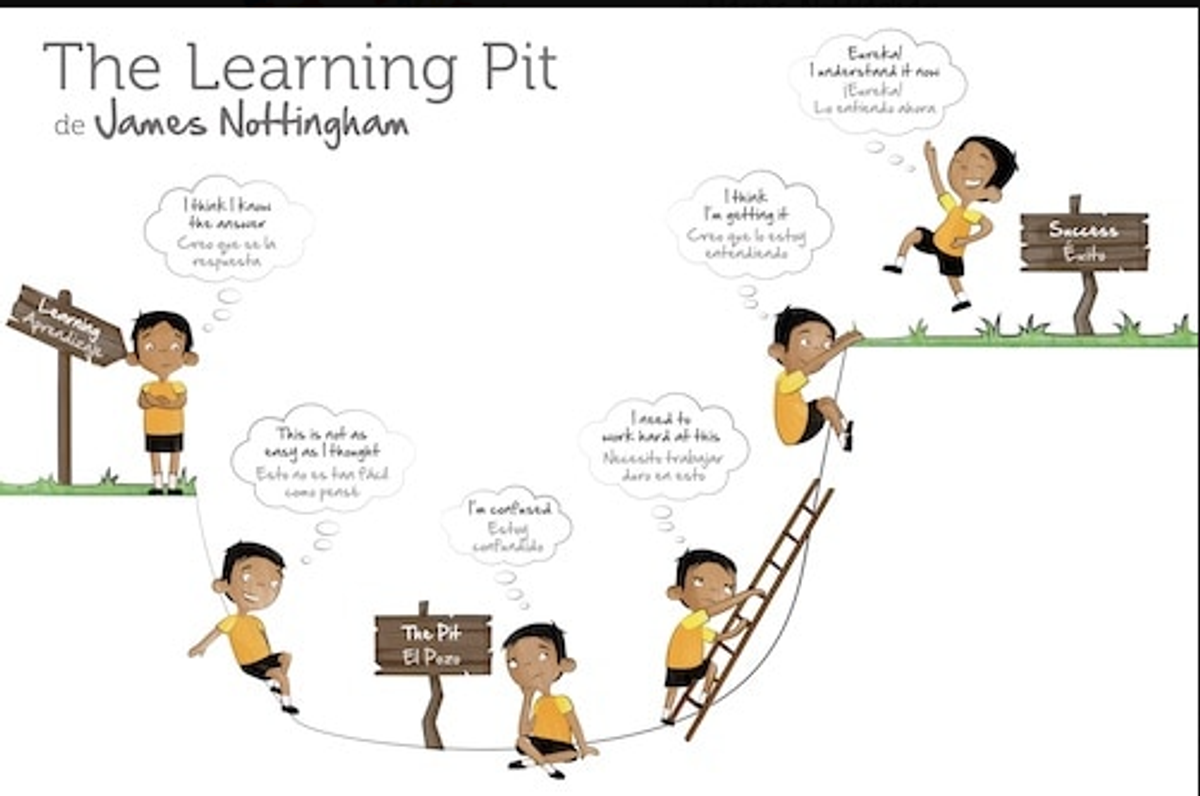

For more information and an introductory video by its creator, James Nottingham, go to www.learningpit.org/guide/at-home
If your child struggles with self-confidence in their learning, and needs encouragement to persevere and take risks, I highly recommend the following books
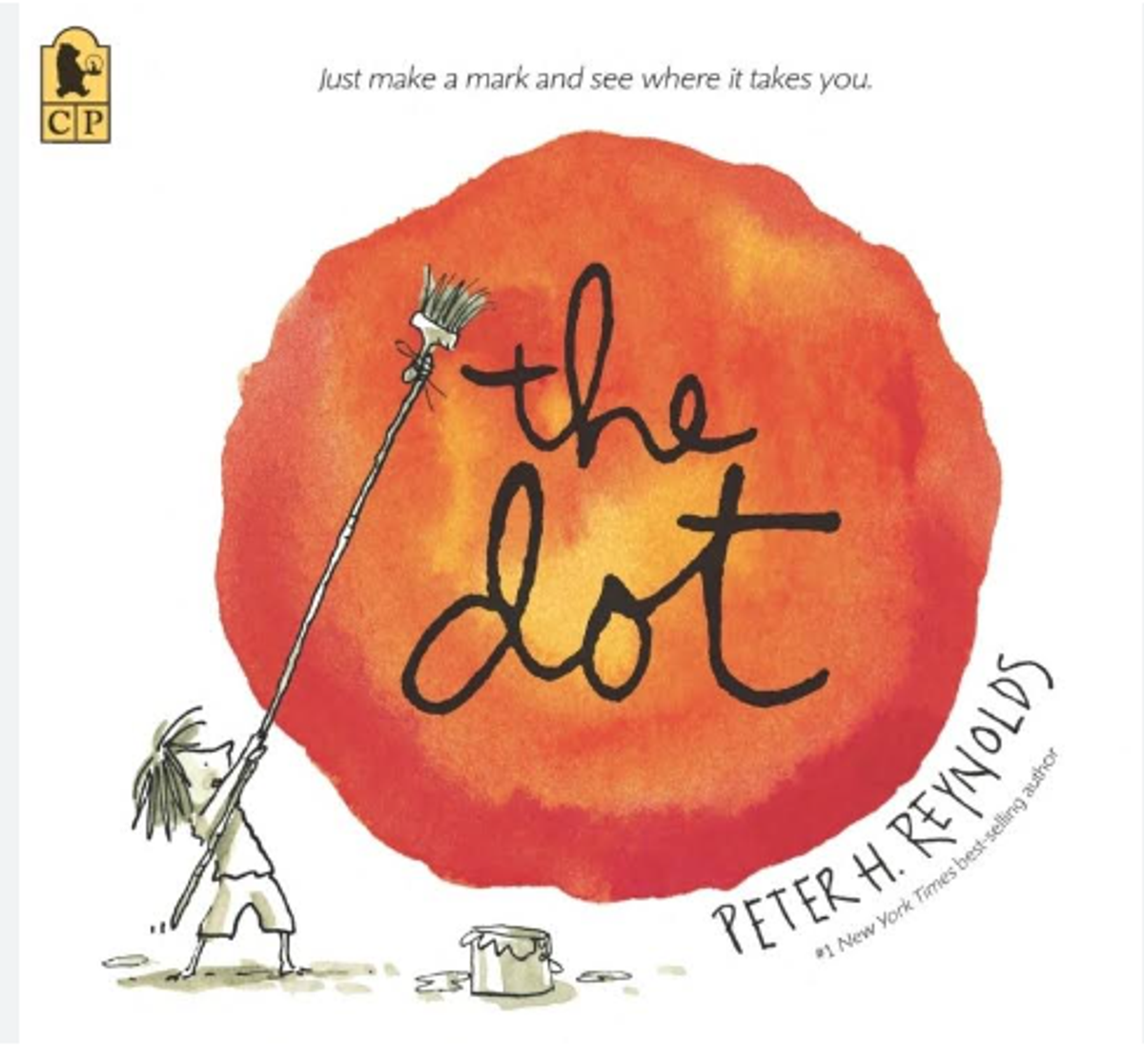
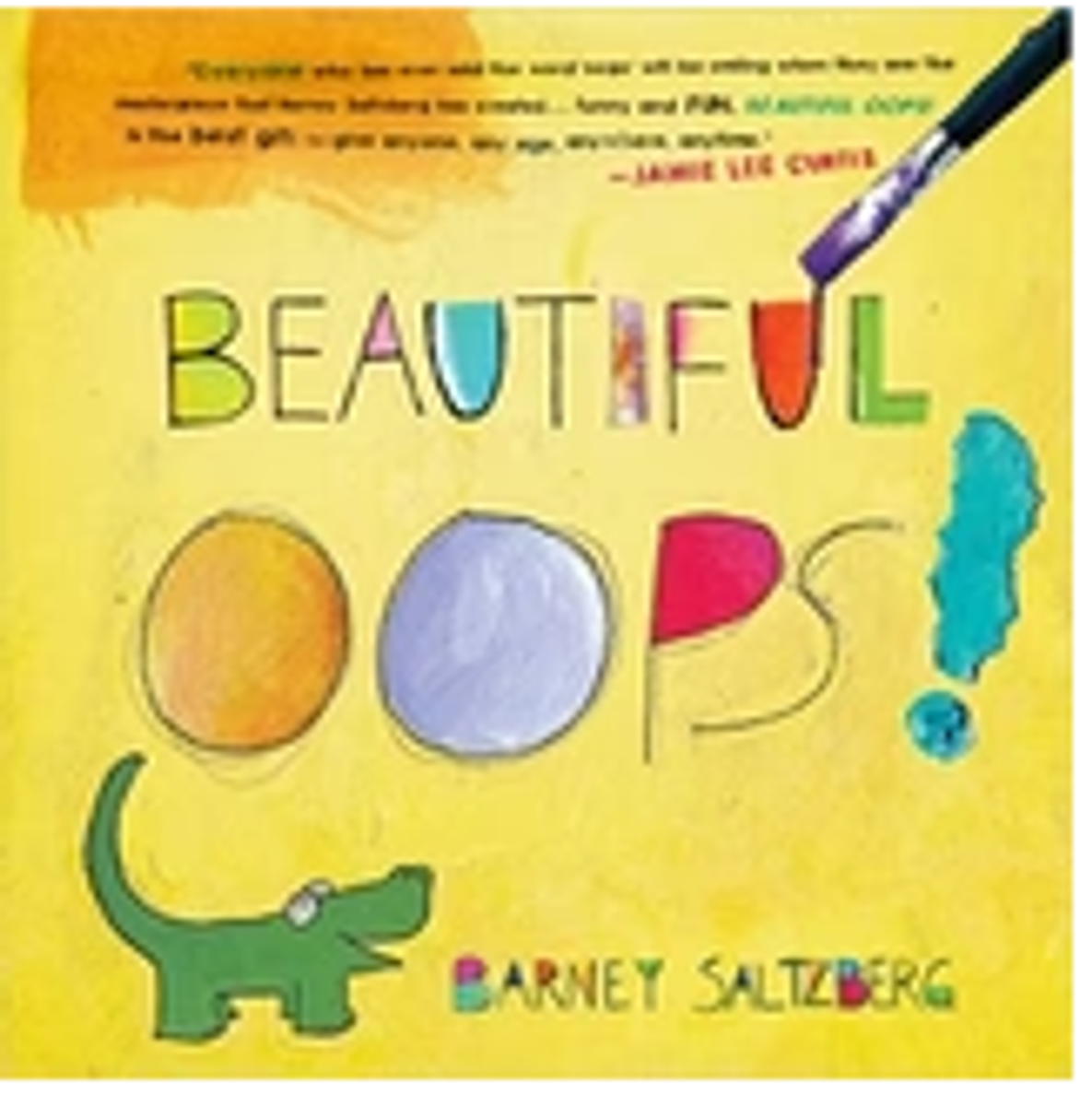
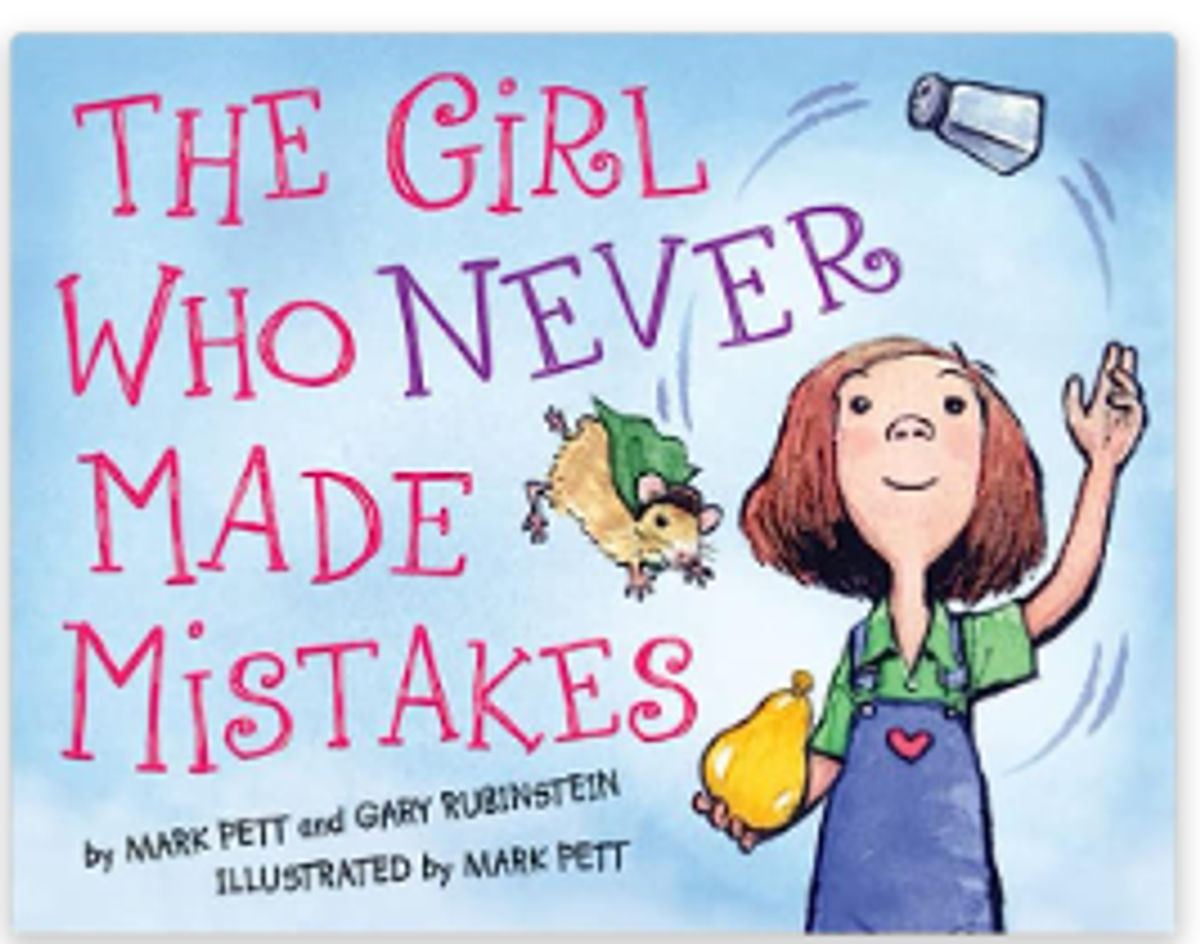
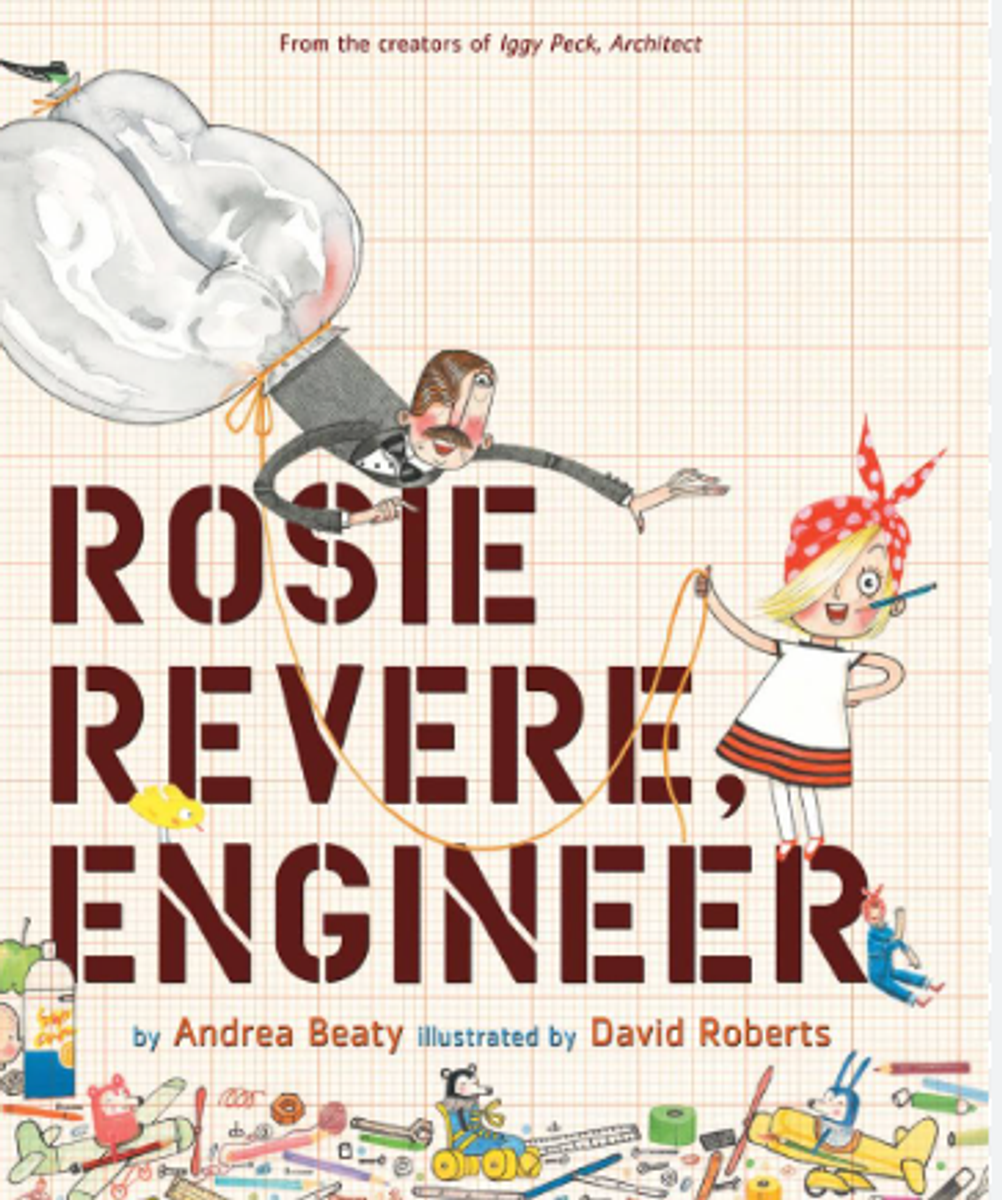




Bree Jennings - Acting Assistant Principal